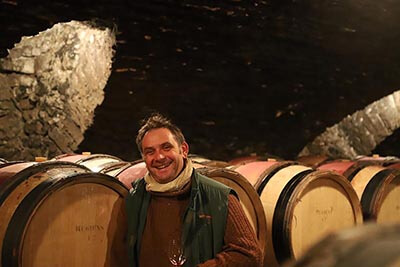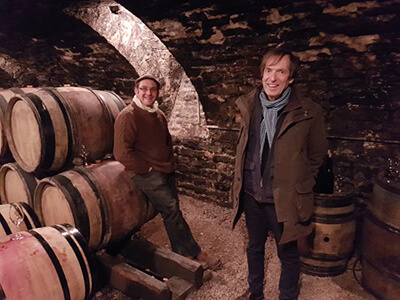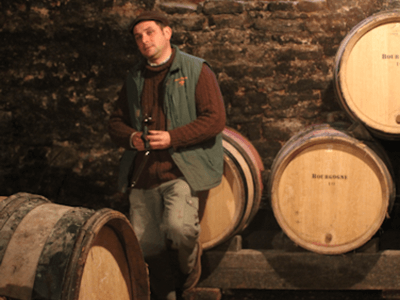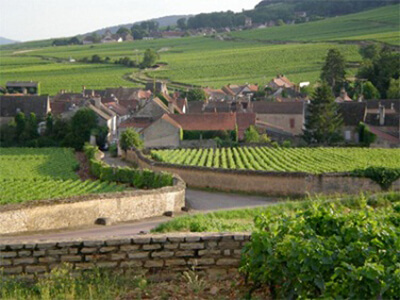
2015 POMMARD 1er Cru Croix Noires Domaine de Courcel
Côte d'Or Burgundy France
13%
Red
Pinot Noir.
Again ripe and rich. There's a sweetness here, and a lift despite the fruit being so blackly concentrated and powerful. Finish has tiny sensation of the whole bunch fermentation, but this carries and lifts the fruit.
L&S
2014 POMMARD 1er Cru Grand Clos des Épenots Domaine de Courcel
Côte d'Or Burgundy France
13.5%
Red
Pinot Noir.
(80% of this vineyard was affected by hail in 2014): Dark red. Reticent but pure aromas of redcurrant, smoke and crushed herbs. Distinctly tight and a bit lean but opens out on the back end, showing good breadth and juic...(read more)
Stephen Tanzer's International Wine Cellar
2016 POMMARD 1er Cru Fremiers Domaine de Courcel
Côte d'Or Burgundy France
13%
Red
Pinot Noir.
This is also quite ripe with liqueur-like aromas of black cherry, violet, spice and plenty of floral influences. The sleeker if not bigger medium-bodied flavors are dense to the point of being borderline thick, even syru...(read more)
Allen Meadows, www.Burghound.com
2002 POMMARD 1er Cru Grand Clos des Épenots Domaine de Courcel
Côte d'Or Burgundy France
13.5%
Red
Pinot Noir.
Although very fat and richer - more so than the Fremiers, even having a dense tarry element, the Grand Clos is still fresh and lively. Tannins are quite powerful but entirely in balance with this large-scaled wine. Excel...(read more)
L&S
2014 POMMARD 1er Cru Rugiens Domaine de Courcel
Côte d'Or Burgundy France
13.5%
Red
Pinot Noir.
Healthy dark red. Very pure, complex aromas of redcurrant, tobacco, smoke, earth, roast coffee and chocolate. Suaver and more pliant in the mid-palate than the Grand Clos des Epenots, and showing a more pleasing early ba...(read more)
Stephen Tanzer, www.vinousmedia.com



